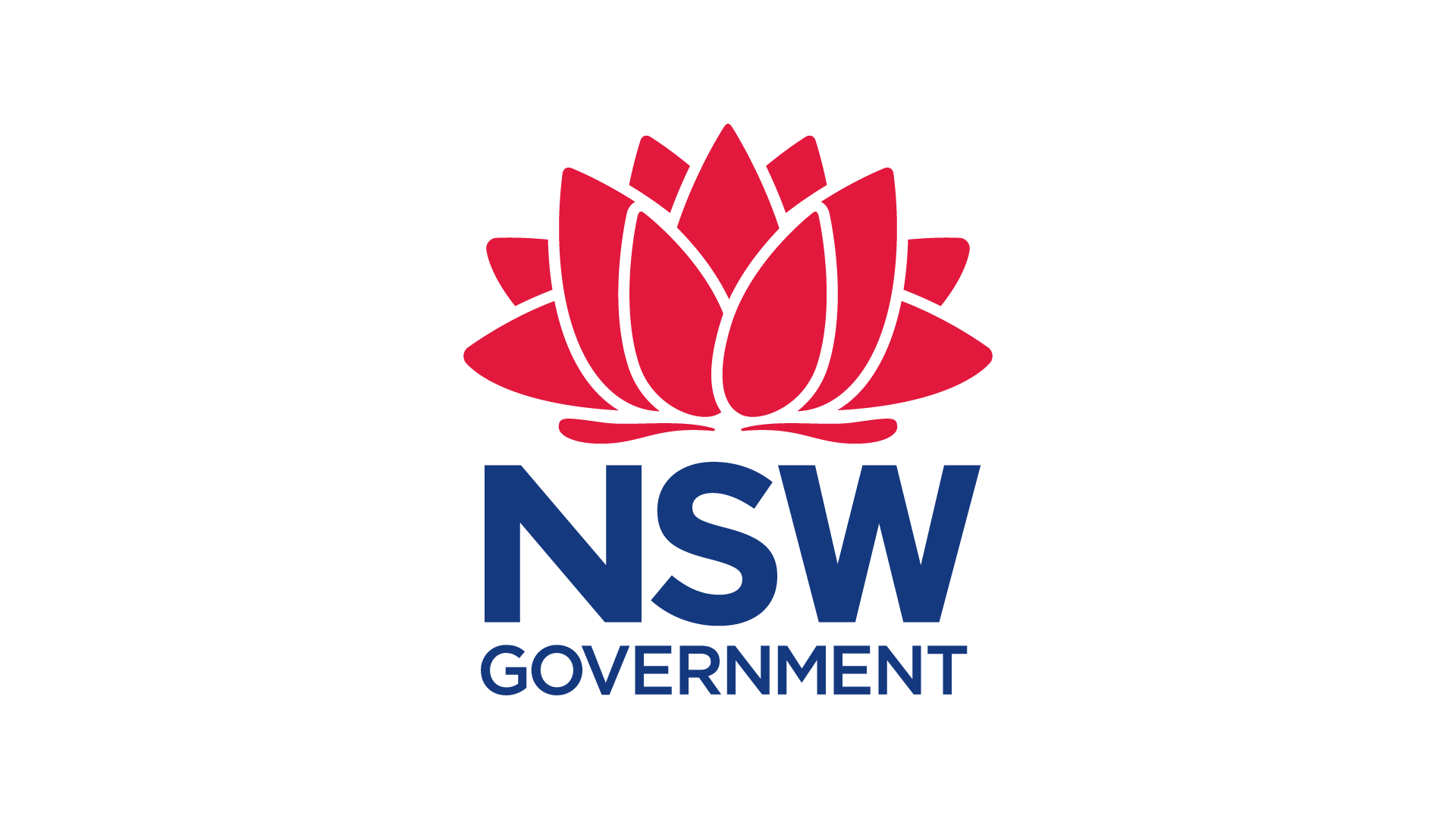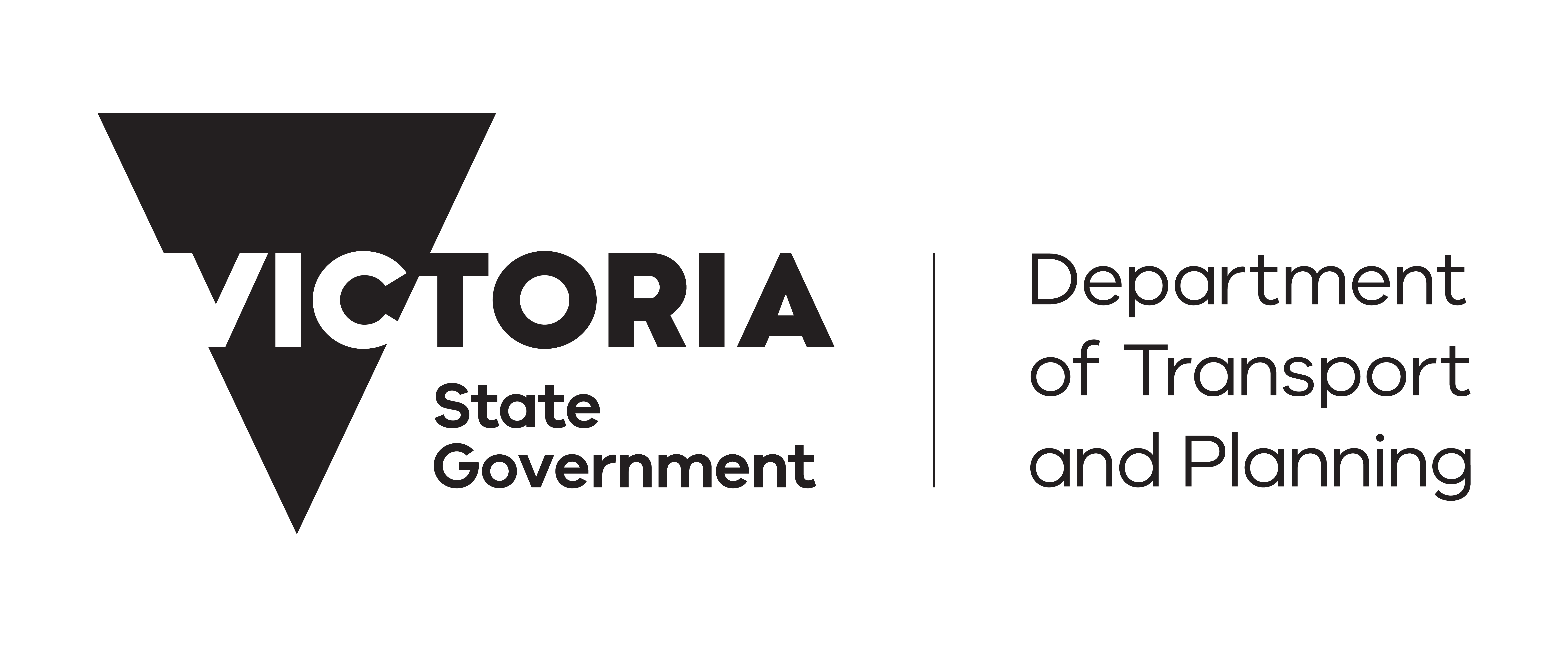Community Transport Research - Problem Statement
Transport disadvantage can be the result of many complex geographical, social, economic, cultural, built environment and other factors – but essentially refers to difficulties associated with accessing transport. It is typically due to a combination of:
- poor access to fixed public transport infrastructure and services
- lower frequency services
- challenges accessing services for mobility
- affordability or other reasons
- high car dependence and costs of car travel
- the need to travel further distances to access jobs and services
Specific subgroups of the population (e.g. families with young children, people with a disability, Indigenous Australians and vulnerable lower-income groups), as well as by those living in specific geographical areas (e.g. outer-urban ‘fringe’, inner-regional, and more rural/remote areas of Australia) are most likely to experience transport disadvantage.
Like many developed countries, Australia has a high median age with a relatively large proportion of its population aged 65 and over. With population projections indicating significant growth the profile of the older population is also projected to change. In 2017, 15% of Australians (3.8 million) were aged 65 and over; this proportion is projected to grow steadily over the coming decades.
While transport disadvantage can be a particular challenge for those living in regional and remote areas – where populations may be lower and more dispersed, with fewer services and less infrastructure – it also remains a major challenge in urban areas. The Commonwealth Government’s State of the Environment 2016 report highlighted evidence of transport disadvantage challenges in outer urban areas (see figure below).







